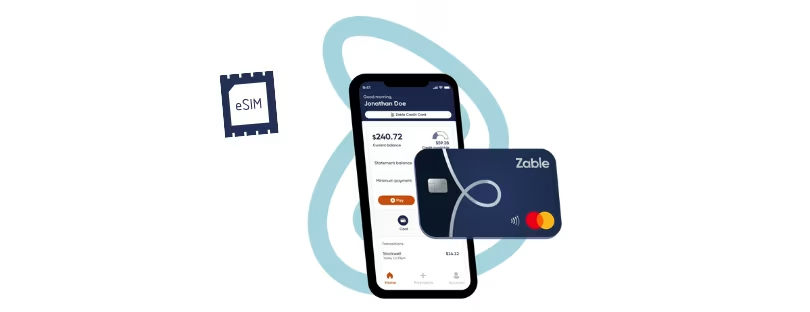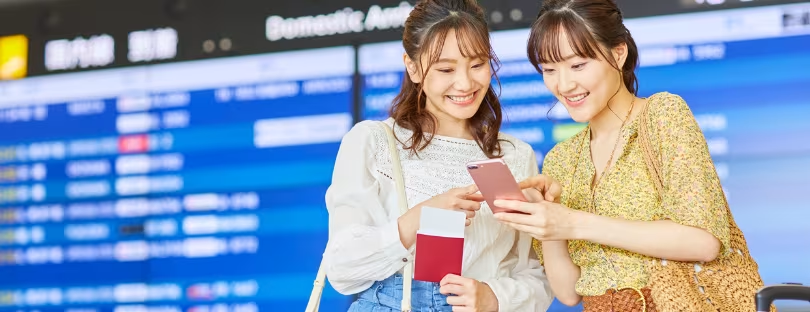
Telia Lithuania introduces eSIMs for smartphones
The SIM card is one of the most constant and least changed components of smartphones over the years. As the devices replaced the buttons with touch-sensitive screens and were filled with a lot of modern functions, this plastic part with a small microchip managed to survive more than three decades without major changes. Latest news about Telia Lithuania eSim finds out below.
However, the technological progress of recent years has finally caught up with physical SIM cards – they will soon be replaced by electronic eSIMs in our phones.
“When in 2016 When the first eSIM-enabled smartwatch hit the market, it was clear that it was only a matter of time before the technology became a mass phenomenon. While this has finally happened in some countries, the transition to eSIM has been delayed in many regions. However, when the iPhone 14 saw the light of day in September, the version of which for the US market no longer has a holder for a physical SIM card, it became clear that there was nothing to delay. eSIM in the phone will allow you to order mobile services digitally, have several numbers on one device and use various new options”, says Domas Milius, head of Telia’s eSIM.
It all started with watches Telia Lithuania eSim
According to D. Miliaus, eSIM is coded as “Embedded Subscriber Identity Module” in English, which basically means that a non-removable microchip takes the place of a traditional SIM card in the device. It provides an opportunity to choose a mobile operator on the device itself and activate the mobile services provided by it, allowing you to do without changing the physical SIM card.
“Although the first SIM cards were originally designed for mobile phones, it is ironic that their successor, the eSIM, originated with smartwatches. As the basket of smart features of these devices caught up with phones, there was a need for them to always be connected to the mobile Internet, so manufacturers had the difficult task of integrating a SIM card slot into these wrist-worn devices. Unfortunately, there wasn’t room for that in the small case, and the extra moving parts would have potentially negated the water resistance. Thus, it was decided to finally put into practice the “virtual” SIM card standard developed by the global GSMA association, which unites mobile operators for quite a long time,” the interviewer explains.
The first device to offer this technology was in 2016. after the debut of the Samsung Galaxy Gear S2 Classic 3G, its biggest competitors soon followed – in 2017. Apple Watch Series 3 armed with eSIM also appeared on store shelves. Not long after, smartphones also caught this wave – in 2018. iPhone XS and iPhone XR saw the light of day. However, other market players were not in a hurry to jump on the eSIM train.
The tunnel is long, but the light is already visible
Continuing the speech about the popularity of eSIM, Telia’s product manager recalls that the initial enthusiasm was soon replaced by reality – the technology started to work in the first couple of years only in the most economically strong countries with the highest standard of living, such as the USA, Canada, the United Kingdom, Australia, Germany and Scandinavian countries, and not even all operators operating in these countries supported it.
This should not be too surprising, as the main driver of eSIM development was expensive smartwatches, which also required an additional mobile service plan, which in other regions only a relatively small segment of the population could afford.
“In order to enable eSIM support on their network, mobile operators have to make a number of technical changes, which also requires the cooperation of local government authorities. Naturally, in the absence of particularly high interest, these processes took time in many countries, so smartphone manufacturers also decided to take their time. Only a handful of phones can boast eSIM support so far – in 2018. and later released iPhone and Google Pixel, Samsung Galaxy S20 and newer flagships of this company and the latest Sony models,”
the expert reveals.
Digitization breakthrough in the telecommunications market
According to D. Miliaus, the application of eSIM is useful not only for manufacturers who create smart glasses and even smaller electronic devices and save space inside them but also for the users themselves. In the future, after ordering a plan or concluding a contract with another operator, we will no longer have to wait for a new SIM card to be sent to us – it will be enough to press a few buttons on the device’s screen and it will be activated on the phone. Also, eSIM will enable the digital ordering of telecommunication services and easier use of several numbers on one device.
“Since all iPhones of recent years have installed eSIM support in addition to the traditional SIM card slot, this technology fulfills the old dream of owners of these phones to use two numbers on the device at the same time. In addition, when you travel to another country and want to buy a local SIM card, you no longer need to search for where to buy it and order a plan – all this can be done on the phone itself. It will even be possible to store five or more eSIM cards in the device’s memory and, if necessary, “change” them with just a few clicks of buttons, right in the phone’s settings. This is very convenient for those who regularly travel to the same countries and have local numbers in each of them,”
explains the Telia product manager.
Finally, the expert notes that eSIM provides greater security and reliability. According to him, thieves will not be able to steal the virtual SIM card from the phone, and the risk of damaging the SIM card during replacement or its natural wear will disappear, causing considerable inconvenience to the user. Telia Lithuania eSim










